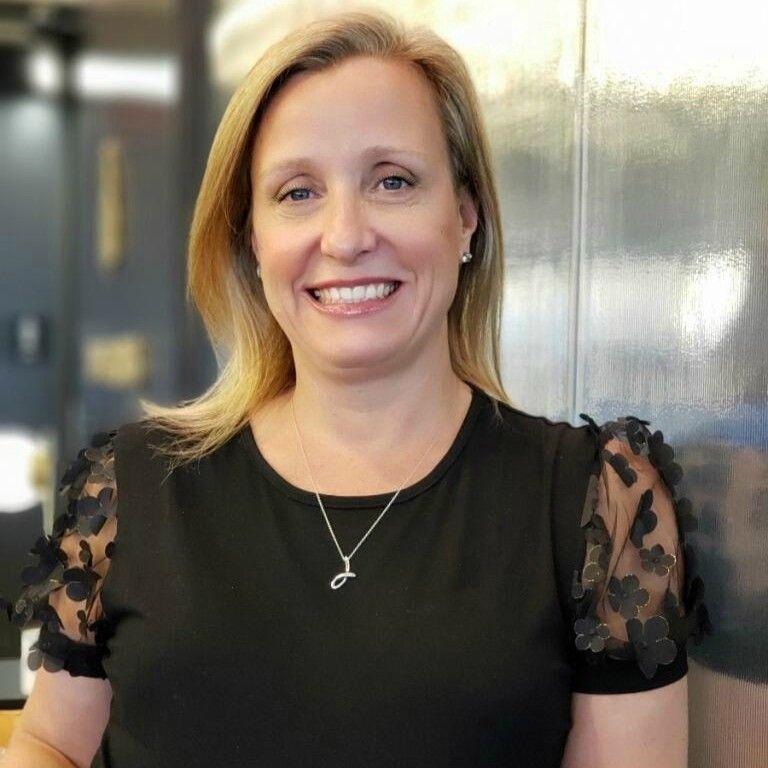People are naturally driven by emotion, not numbers, especially during a crisis like COVID-19. We look for meaningful connections and inspirational moments. We want to get lost in stories that we can relate to on a deeper level.
That means, as communicators, our storytelling needs to hit on multiple levels, and multiple platforms, for each of our audiences. We can’t just rely on social media, news stories or even advertising.
We’ve all heard the saying that people won’t remember what you said, but how you made them feel.
They remember the feeling they had when you provided an amazing experience, that personal touch, or reached them on some emotional level that they weren’t expecting.
A small but pleasant surprise can be the most impactful way to connect with someone.
We are, after all, only human. And we want to be communicated with, marketed to and engaged with on a personal, intimate level.
The best brands in the world succeed in connecting with their audiences, not just reaching millions of people. They succeed in creating brand ambassadors, not customers.
The best brands give customers and audiences a feeling that they have a need to come back and support that brand, their products and their employees.
So, what’s YOUR story? And most importantly, who knows your story? Not sure? Don’t worry, you’re not alone.
Storytelling evolves minute-by-minute, especially in a crisis situation like we’re in now. It’s fluid and everchanging. What works now for one brand won’t work later for another brand or even the same brand.
Even the biggest brands in the world are constantly looking for new ways to tell their stories.
Fear not, you don’t need millions of dollars or national TV advertising to tell your story. You just need a few simple (ok, maybe not so simple) things to get you started:
- What do you stand for?
What’s your purpose as a company? How are you making the world, or part of it, better? How can you make your customers’ lives better in some way?
This should be a big idea – something that is aspirational, that positively impacts your world or your industry. No matter what, it has to be inspirational and authentic. It has to have genuine meaning for your company, and your employees, so your customers can feel it.
This is your chance to dream big and bring others along for the journey.
But it should be tied to what your brand can contribute to in a meaningful way. Take a look at my previous column on “A Meaningful Message, or Pandering Without Purpose.”
- Who are your audiences?
Your brand story, and how you communicate it, should be specific for each of your audiences. There’s a reason companies actually have generational consultants now (like, for real). Different audiences consume stories, and content, in different ways. Before you can craft your message, you need to know who your audiences are.
And don’t forget that all audiences, internal AND external, can be great resources to help you figure out what your story is and where it needs to be told. Here’s a simple exercise: ask each of your employees, separately, what they think the company mission is and what it stands for. Or, ask them what they think the company “does.”
If you’re anything like so many businesses out there, you’ll get a lot of different answers. But perhaps the truth is in the middle somewhere, or maybe it’s not. Either way you will know exactly where you stand, and where you need to go, in order to control your narrative.
- Where to communicate?
Your audiences are everywhere and they communicate on different channels, not just one.
So, how do you know where to put your message? You get strategic and integrated using Spin Sucks’ PESO Model as your foundation.
This is where the genius of the Spin Sucks PESO model really shines. You need to look at your audiences and then consider all four major communications buckets – Paid, Earned, Shared and Owned channels – to determine the best place to reach them.
Each area has its place in a strategic communications plan and they are all important.
Figure out where your key audiences are consuming information, and content, and make sure that you’re an active part of their conversation.
Most importantly, use ALL of your tools to do it strategically so you get the biggest impact for your efforts.
And it’s not enough to tell your story once. Depending on the topic, it can take people being exposed to a message 7-10 times before it resonates at all. So tell your story often and bring your audiences along for the journey.
- Back It Up!
It’s not enough to just tell your story anymore. You have to prove that you are delivering on your promise.
The only thing worse than a company without purpose is a company that lies about its purpose. Lose the trust of your consumers and key audiences and you’re likely never to get it back.
I just wrote about the Truth Default Theory, it’s the implication for public relations pros and how your audiences will give you the benefit of the doubt. So use that and don’t abuse that trust.
Find a story, and purpose, that you can live and deliver to your audiences in a meaningful way. Show your audiences that you are giving back to that purpose and that your audiences are the reason that you are able to make that positive difference.
Remember, it’s your story, but they want to be a part of it and feel connected to your efforts of making the world a better place. If you can’t deliver that journey, your audiences won’t deliver the support.
Travis Claytor is president and owner of TC Strategic Communications. He has led teams that have developed and executed nationally, and internationally, integrated strategic communications plans around some of the world’s top events, including the Super Bowl and the Republican National Convention.










